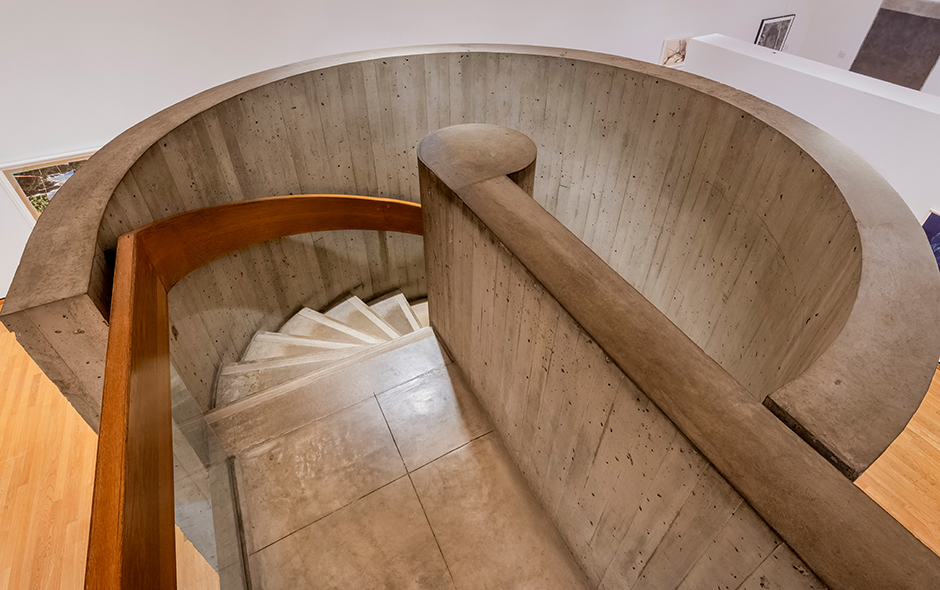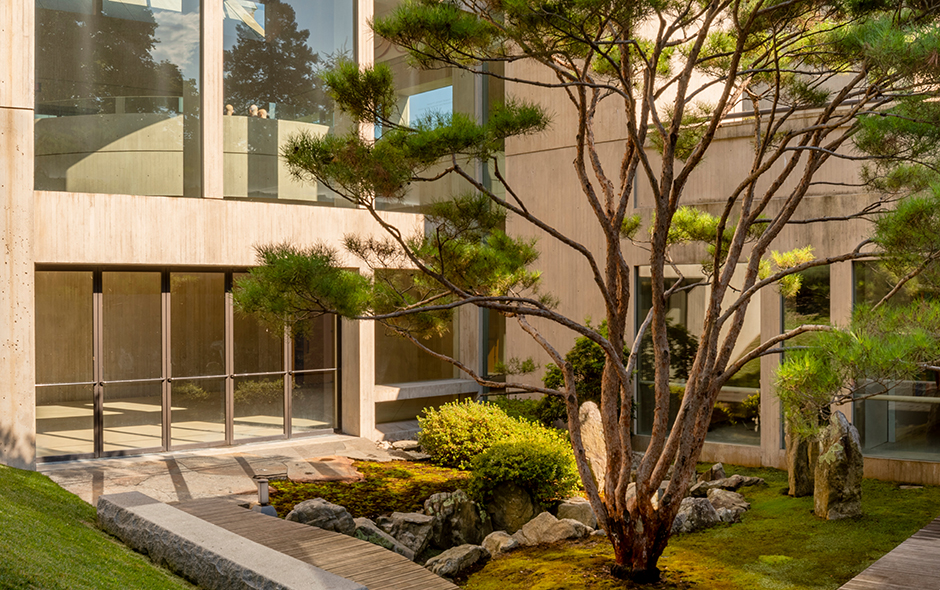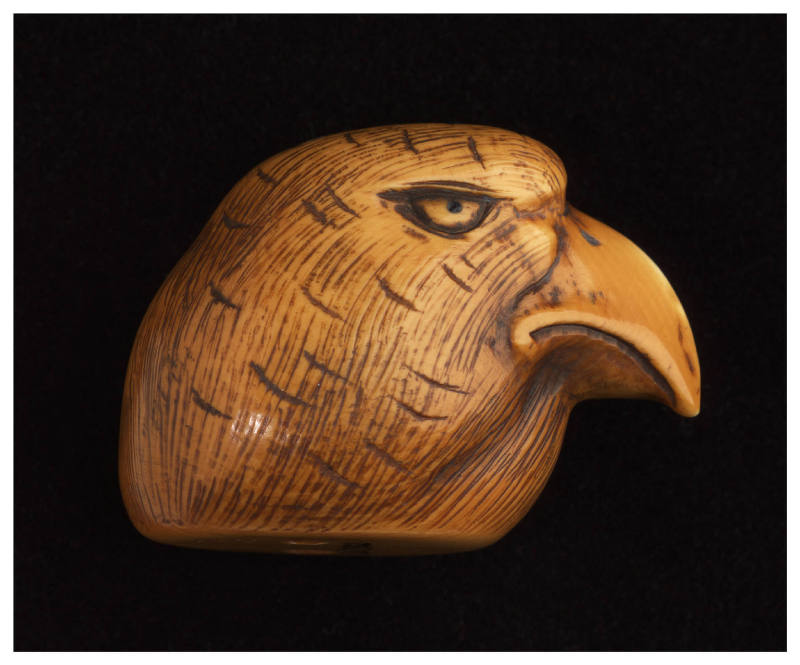
Object Details
Culture
Japanese
Date
20th century
Medium
Carved ivory, glass, inlay, black ink
Dimensions
Width: 2 3/4 inches (7 cm)
Credit Line
Gift of Drs. Lee and Connie Koppelman
Object
Number
92.032.021
BRIEF DESCRIPTIONThis is an ivory netsuke carved in the form of a catfish with a gourd.WHERE WAS IT (…)
BRIEF DESCRIPTIONThis is an ivory netsuke carved in the form of a catfish with a gourd.WHERE WAS IT MADE?This netsuke was made in Japan.HOW WAS IT MADE?Netsuke made from ivory, like this one, were hand-carved with knives, chisels and files of different sizes. The eyes of the catfish are made from inset pieces of glass, and ink was used to darken parts of the body of the fish.HOW WAS IT USED?During the Edo period (1603-1868), the standard attire for a well-dressed Japanese man consisted of a kimono tied with a sash. Because kimonos had no pockets, accessory bags and carrying cases (called sagemono: hanging things) were used to hold personal items such as money, medicines, tobacco and seals (a stamp carved with the owner’s name). Silken cords, attached to the sagemono, were threaded through the kimono sash (obi). A toggle, called a netsuke, was attached to the other end of the cord to prevent it from slipping through the sash. To see a netsuke with an inro—one popular type of sagemono that consisted of small, stacked compartments for holding medicines—search for object number 98.087.006 in the keyword search box.The term netsuke comes from the words “ne”, meaning ‘root’ and “tsuke”, meaning ‘to fasten.’ Early netsuke may have been made from found objects such as pieces of roots, nuts, coral and bone. Over time, netsuke production became more and more varied, refined, and innovative, reaching a high point in the early 19th century. Subjects and decoration of netsuke and sagemono reflected the tastes and aspirations of their owners, often infused with an element of comic irony. As clothing traditions modernized, netsuke came to be collected separately from sagemono, and appreciated as sculptural gems in their own right.WHY DOES IT LOOK LIKE THIS?Notice how the catfish appears to be holding the gourd with one fin and its tail. This netsuke references a question or riddle that was posed by Zen Buddhist monks to their students. The riddle asks how one might catch a slippery catfish with a smooth gourd. Such a question is also called a koan; koans are used to help students develop their intuition, and may have more than one correct answer, or may teach an important lesson, rather than having any solution at all.












